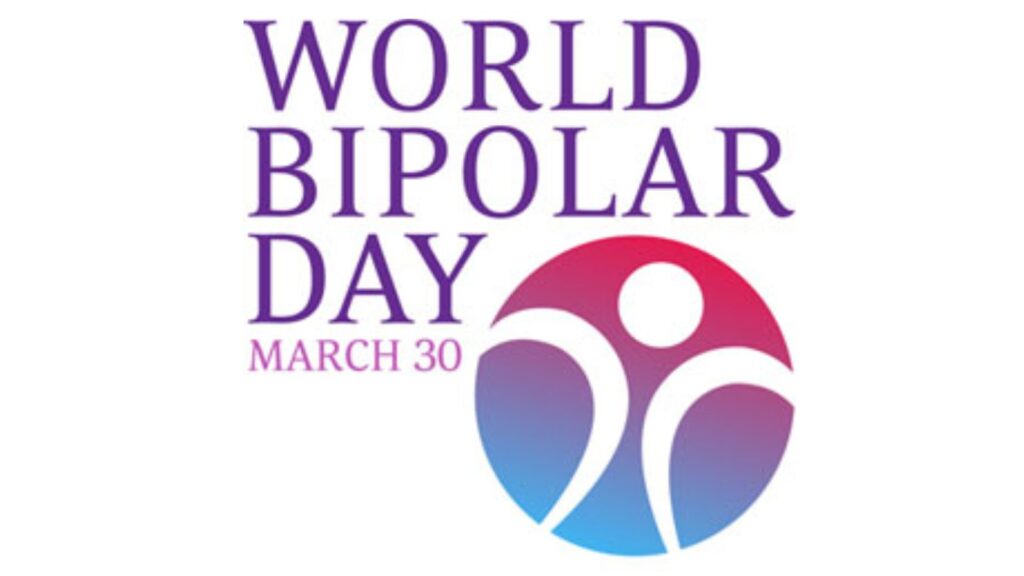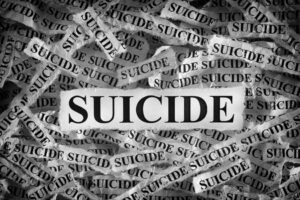World Bipolar Day: Recognizing the Signs and Supporting Mental Health

World Bipolar Day: Recognizing the Signs and Supporting Mental Health
This day provides an opportunity to foster understanding, share personal experiences, and offer support to those affected.
World Bipolar Day, observed every year on March 30, aims to raise awareness about bipolar disorder and challenge the stigma surrounding it. This day provides an opportunity to foster understanding, share personal experiences, and offer support to those affected. By encouraging open discussions, we can help build a world where everyone receives the respect and assistance they deserve.
What Is Bipolar Disorder?
Bipolar disorder is a mental health condition that causes intense mood swings, ranging from extreme highs to deep lows. Formerly known as manic depression, it can involve manic, depressive, and, in some cases, psychotic symptoms. While the exact cause of bipolar disorder remains unclear, it is believed to stem from a combination of genetic and environmental factors. Treatment typically includes medication and therapy to help manage symptoms and improve overall well being.
People living with bipolar disorder may experience:
- Extreme feelings of happiness, excitement, or euphoria
- Increased energy and activity levels
- A decreased need for sleep without feeling tired
- Hallucinations or delusions (in some cases)
- Intense feelings of sadness, hopelessness, or emptiness
- Low energy and severe fatigue
- Difficulty concentrating or making decisions
Individuals with bipolar disorder may feel well between episodes, and symptoms can vary greatly from person to person. However, when symptoms are severe, they can significantly impact work, education, and personal relationships.
Around 6 million adults in the United States live with bipolar disorder. It’s important to note that there are different types of the condition.
Bipolar I is defined by manic episodes, which involve symptoms such as an elevated mood, racing thoughts, heightened energy, impulsivity, risk-taking behaviors, and irritability. These symptoms can last for a week or longer.
Bipolar II, on the other hand, is marked by depressive episodes. A depressive episode lasts two weeks or more and includes symptoms like a lack of interest in activities, irritability, low energy, and persistent sadness.
Due to limited awareness and understanding of the disorder, it typically takes about ten years to receive an accurate diagnosis.
By sharing experiences and offering support, we can help reduce the stigma and increase understanding of bipolar disorder.












